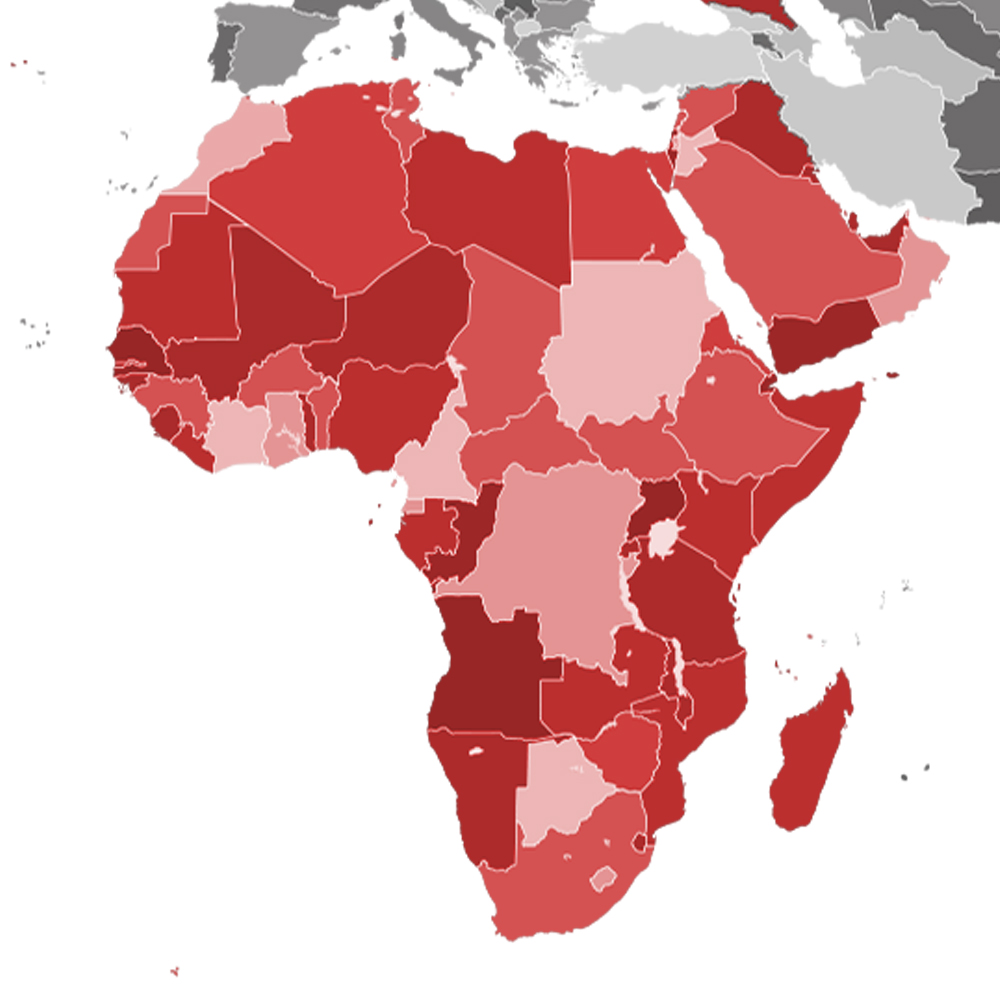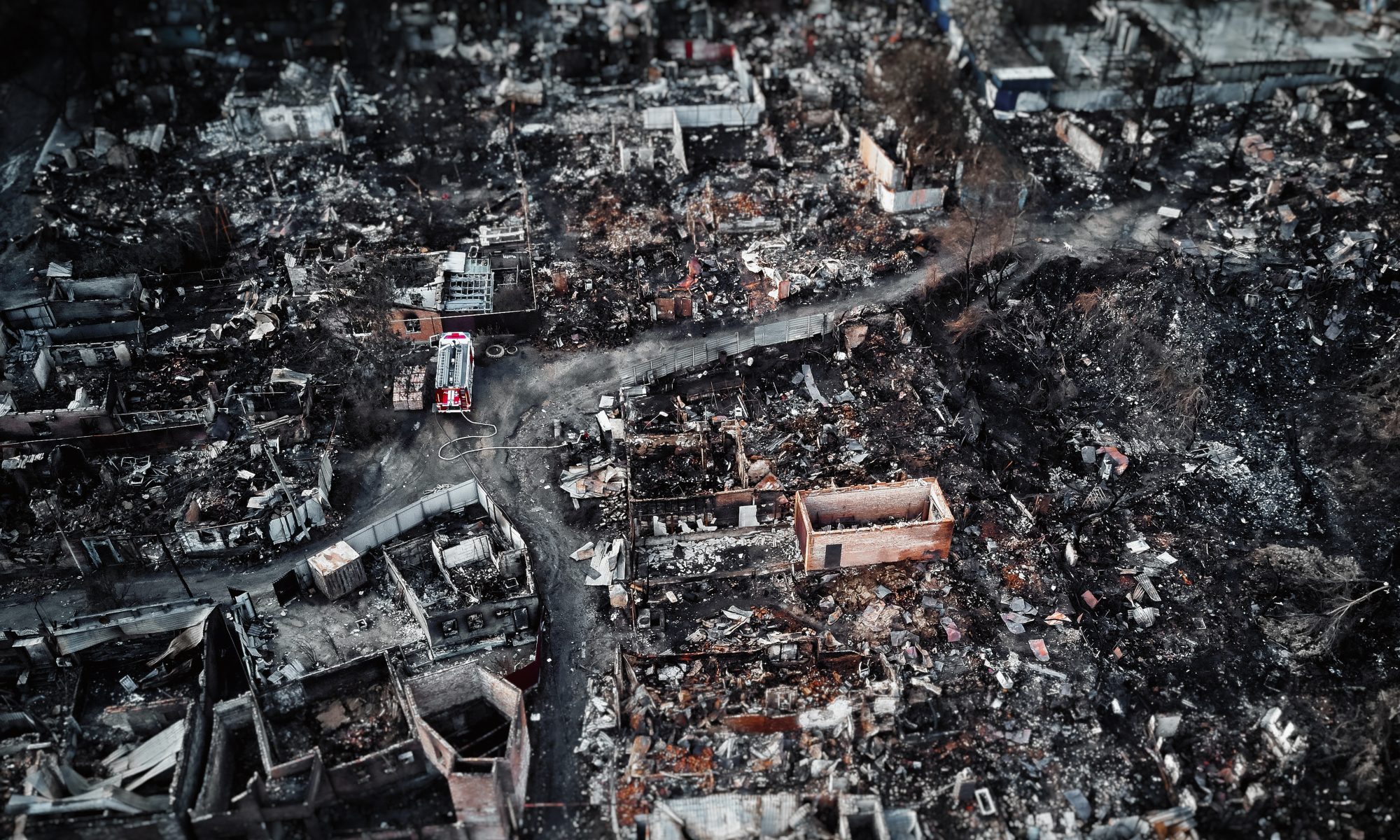This region’s UAS policy and regulation run the gammut from welcoming to complete prohibition. Though prohibitions in North Korea are predictable, the official prohibition of unmanned aerial systems in far more unexpected. It should be noted that similar to Bangladesh, the prohibition of UAS is a formal position that is not fully enforced. As such, UAS do operate in these regions despite the official regulations.
Other regions are welcoming or cautiously open to UAS development, such as China which is one of the largest producers and consumers of commercial systems. The most accepting regions tend to be those Pacific regions falling under American or British protection.
Country
|
Region
|
Regulatory Status
|
| Afghanistan |
East and Southeast Asia |
Unknown |
| American Samoa |
East and Southeast Asia |
Open |
| Bangladesh |
East and Southeast Asia |
Prohibited |
| Bhutan |
East and Southeast Asia |
Open |
| British Indian Ocean Territory |
East and Southeast Asia |
Unknown |
| Brunei Darussalam |
East and Southeast Asia |
Prohibited |
| Cambodia |
East and Southeast Asia |
Restricted |
| China |
East and Southeast Asia |
Cautious |
| Christmas Island |
East and Southeast Asia |
Unknown |
| Cocos (Keeling) Islands |
East and Southeast Asia |
Unknown |
| Cook Islands |
East and Southeast Asia |
Unknown |
| Fiji |
East and Southeast Asia |
Unknown |
| French Polynesia |
East and Southeast Asia |
Unknown |
| French Southern Territories |
East and Southeast Asia |
Unknown |
| Guam |
East and Southeast Asia |
Unknown |
| Heard Island and McDonald Islands |
East and Southeast Asia |
Unknown |
| India |
East and Southeast Asia |
Prohibited |
| Indonesia |
East and Southeast Asia |
Restricted |
| Iran |
East and Southeast Asia |
Restricted |
| Kiribati |
East and Southeast Asia |
Unknown |
| Korea, Democratic People’s Republic of |
East and Southeast Asia |
Prohibited |
| Laos |
East and Southeast Asia |
Unknown |
| Malaysia |
East and Southeast Asia |
Cautious |
| Maldives |
East and Southeast Asia |
Unknown |
| Marshall Islands |
East and Southeast Asia |
Unknown |
| Micronesia |
East and Southeast Asia |
Unknown |
| Mongolia |
East and Southeast Asia |
Unknown |
| Myanmar |
East and Southeast Asia |
Restricted |
| Nauru |
East and Southeast Asia |
Unknown |
| Nepal |
East and Southeast Asia |
Restricted |
| New Caledonia |
East and Southeast Asia |
Unknown |
| Niue |
East and Southeast Asia |
Unknown |
| Norfolk Island |
East and Southeast Asia |
Unknown |
| Northern Mariana Islands |
East and Southeast Asia |
Open |
| Pakistan |
East and Southeast Asia |
Unknown |
| Palau |
East and Southeast Asia |
Unknown |
| Papua New Guinea |
East and Southeast Asia |
Unknown |
| Philippines |
East and Southeast Asia |
Unknown |
| Pitcairn Islands |
East and Southeast Asia |
Unknown |
| Reunion |
East and Southeast Asia |
Unknown |
| Samoa |
East and Southeast Asia |
Unknown |
| Solomon Islands |
East and Southeast Asia |
Unknown |
| Sri Lanka |
East and Southeast Asia |
Unknown |
| Thailand |
East and Southeast Asia |
Restricted |
| Timor-Leste |
East and Southeast Asia |
Restricted |
| Tokelau |
East and Southeast Asia |
Unknown |
| Tonga |
East and Southeast Asia |
Unknown |
| Tuvalu |
East and Southeast Asia |
Unknown |
| United States Minor Outlying Islands |
East and Southeast Asia |
Open |
| Vanuatu |
East and Southeast Asia |
Unknown |
| Vietnam |
East and Southeast Asia |
Restricted |
| Wallis and Futuna |
East and Southeast Asia |
Unknown |







